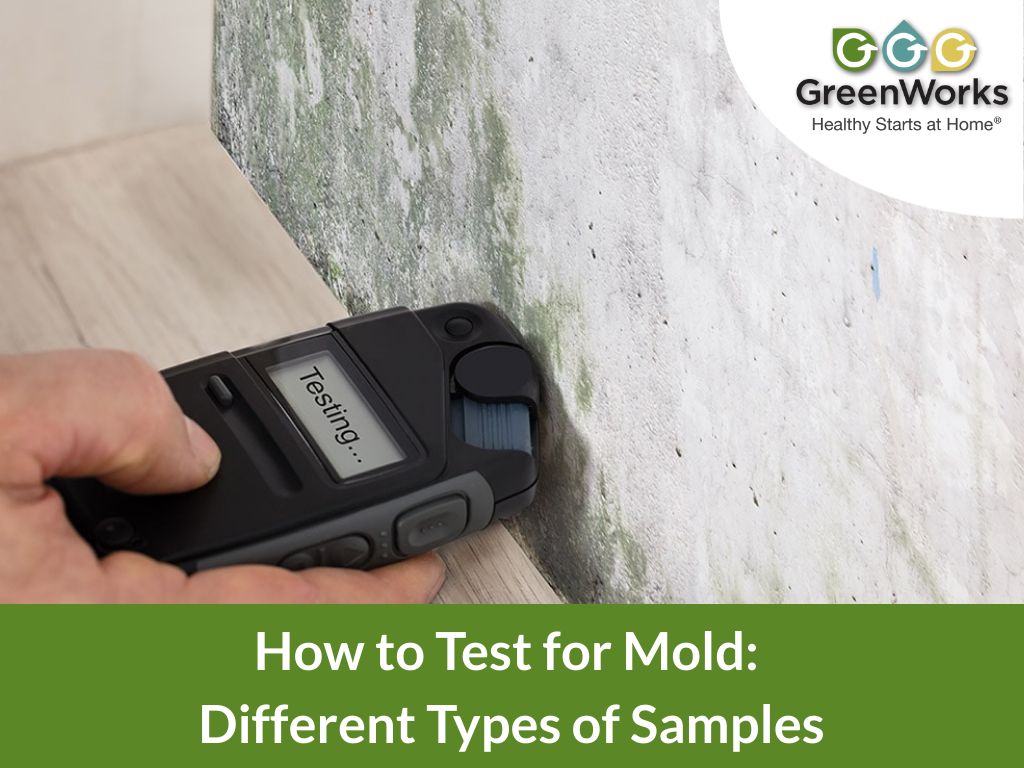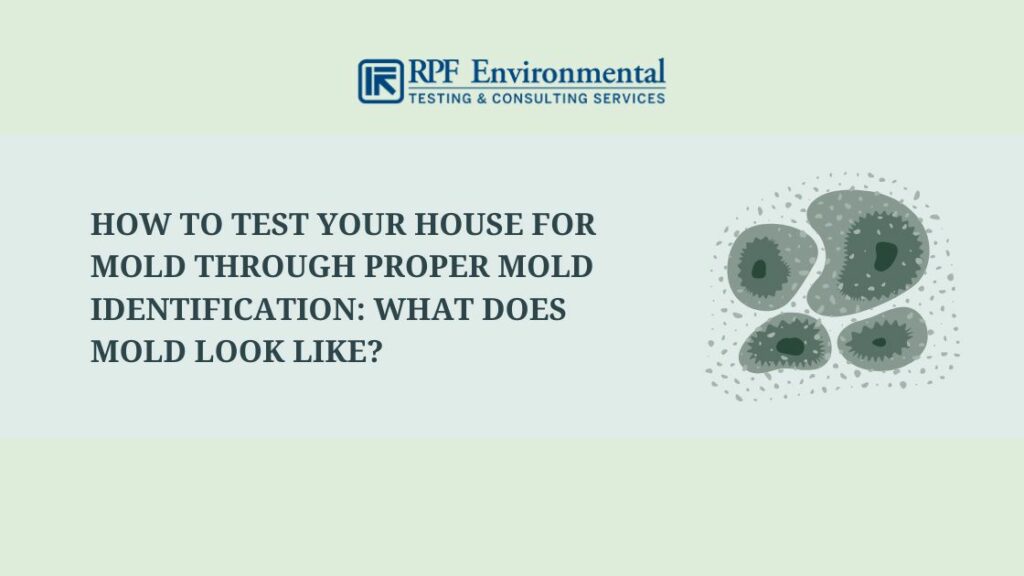Comprehensive Solutions for Your Mycotoxin testing Services Needs
Comprehensive Solutions for Your Mycotoxin testing Services Needs
Blog Article
How Mycotoxin Testing Aids Avoid Contamination and Protect Food Materials

Mycotoxin testing is a vital practice in the food sector, serving as a frontline protection against contamination by hazardous contaminants generated by molds. Through the application of advanced techniques like High-Performance Liquid Chromatography (HPLC) and Liquid Chromatography-Mass Spectrometry (LC-MS), food producers can properly evaluate and identify mycotoxin levels in farming items.
Comprehending Mycotoxins
Recognizing mycotoxins starts with recognizing that they are toxic secondary metabolites produced by certain mold and mildews, which can contaminate agricultural items. These metabolites are not essential for the development or reproduction of the fungi yet can have serious ramifications for human and animal health and wellness. Mycotoxins are frequently located in staple plants such as corn, wheat, barley, and nuts, where they can multiply under certain conditions of wetness and temperature level.
There are a number of kinds of mycotoxins, each generated by different fungal species. Aflatoxins, generated by Aspergillus types, are among the most well-known, recognized for their cancer causing homes. An additional substantial team includes ochratoxins, generated by Aspergillus and Penicillium types, which have nephrotoxic results. Fusarium species generate trichothecenes and fumonisins, both of which are connected with numerous intense and persistent health and wellness concerns.

Risks of Mycotoxin Contamination
The threats of mycotoxin contamination are multifaceted, presenting considerable hazards to both food safety and security and public wellness. Mycotoxins, poisonous compounds produced by certain kinds of fungi, can infect a large range of agricultural products consisting of cereals, nuts, flavors, dried out fruits, and coffee. When these toxic substances infiltrate the food supply, they can lead to significant wellness problems such as liver damage, kidney failure, and even cancer cells. At risk populaces, including youngsters, the senior, and immunocompromised people, are especially in danger.
Financial influences are an additional significant concern. Polluted crops can cause significant monetary losses for farmers and food producers because of minimized yields and the need for costly purification procedures. International profession can be significantly impeded as countries impose rigorous mycotoxin policies to safeguard their populations, leading to rejected deliveries and strained trade relations.
Ecological factors such as climate adjustment aggravate the risk of mycotoxin contamination. Variations in temperature level and moisture can create positive problems for fungal growth, enhancing the possibility of contamination occasions. Hence, understanding and reducing these threats are important for ensuring the safety and security and stability of international food materials.
Techniques of Mycotoxin Examining
Properly identifying mycotoxin contamination in agricultural products is important for protecting public health and keeping food security requirements. Various methods are used to discover and evaluate mycotoxins, each offering specific advantages and limitations.
High-Performance Liquid Chromatography (HPLC) is an extensively made use of approach because of its high level of sensitivity and precision. It involves dividing mycotoxins from other compounds in a sample, enabling exact metrology. Fluid Chromatography-Mass Spectrometry (LC-MS) combines liquid chromatography with mass spectrometry to supply detailed molecular info, making it especially valuable for identifying multiple mycotoxins simultaneously.

Gas Chromatography-Mass Spectrometry (GC-MS) and Thin-Layer Chromatography (TLC) are additionally employed, each with unique applications. GC-MS works for volatile mycotoxins, while TLC provides a less complex, cost-efficient option for initial testing.
Advantages of Routine Checking
Regular screening for mycotoxins in farming items supplies countless benefits, considerably adding to public health and food security. By recognizing contamination early, regular screening aids protect against the distribution of hazardous foods, consequently lowering the threat of mycotoxin-related illnesses amongst customers. This positive method not just safeguards human wellness yet likewise boosts the total high quality of food products.
Different nations and regions have actually developed rigid restrictions for mycotoxin degrees in food and feed. Adhering to these limitations via normal screening makes certain that producers and distributors meet lawful criteria, thereby preventing fines and trade obstacles.
Additionally, routine mycotoxin screening can bring about significant financial benefits. Early discovery of contamination enables prompt treatment, lowering potential losses from extensive contamination. Implementing regular screening procedures can additionally minimize recall expenses and associated liabilities, which can be financially ravaging.
Moreover, normal more helpful hints screening supplies important data that can notify much better farming techniques and storage space conditions. By recognizing patterns of contamination, producers can take on precautionary actions, consequently contributing and decreasing future risks to the sustainability of the food supply chain.
Implementing Testing Methods
Applying efficient mycotoxin testing procedures is critical for guaranteeing the safety and security and quality of farming products. Developing a robust testing structure entails multiple essential steps, beginning with the identification of prospective contamination factors within the production and supply chain. This consists of pre-harvest, post-harvest, storage, and distribution stages. Each phase needs to be looked at to pinpoint where mycotoxin contamination is most likely to take place.
As soon as essential control factors are recognized, choosing suitable testing techniques is important. Common strategies include enzyme-linked immunosorbent assay (ELISA), high-performance fluid chromatography (HPLC), and mass spectrometry (MS) Each technique has its weak points and staminas; therefore, selecting the proper one relies on the certain mycotoxin being checked, the required level of sensitivity, and readily available resources.

Last but not least, incorporating the screening methods right into an extensive food safety management system is advisable. This boosts traceability and makes it possible for quick rehabilitative activities when contamination is spotted, consequently protecting the integrity of the food supply chain.
Verdict
Mycotoxin screening is necessary in preventing contamination and guarding food supplies by making it possible for very early detection of unsafe contaminants generated by mold and mildews in agricultural items. Advanced techniques such as HPLC and LC-MS ensure conformity with security laws and shield customers from wellness dangers. Normal screening improves brand reputation, monetary stability, and rely on navigate to this site food safety and security by lessening contamination-related losses and preserving high requirements in food production. Implementing extensive screening methods is thus critical for the market's general health.
Mycotoxin screening is a vital practice in the food sector, serving as a frontline protection versus contamination by unsafe toxins created by molds. An incorporated method including farming practices, storage space monitoring, and normal testing can alleviate the dangers associated with mycotoxin contamination, making pop over to this site certain food safety and public wellness.
The threats of mycotoxin contamination are diverse, posing substantial threats to both food safety and security and public health.Routine testing for mycotoxins in agricultural products supplies numerous advantages, considerably adding to public health and food safety.Mycotoxin screening is important in preventing contamination and safeguarding food products by making it possible for very early detection of hazardous toxic substances created by molds in farming products.
Report this page